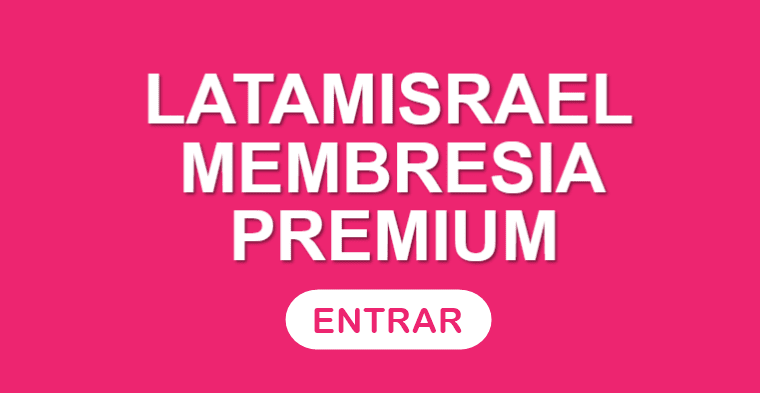Fast charging is considered to be a key requirement for widespread economic success of electric vehicles. Current lithium-ion batteries (LIBs) offer high energy density, but while they enable sufficient driving range, they take considerably longer to recharge than traditional vehicles.
Multiple properties of the applied anode, cathode and electrolyte materials influence the fast-charging ability of a battery cell.
In a review published this month in the high impact journal Advanced Energy Materials, an international team of researchers considers in detail the physicochemical basics of different material combinations, and identify the transport of lithium inside the electrodes as the crucial rate-limiting steps for fast-charging.
The group* headed by Professor Yair Ein-Eli and graduate student Ms. Natasha Ronit Levy, identified that lithium-ion diffusion and migration within the active materials inherently slows down the charging process and imposes high resistivity.
In addition, concentration polarization by a slow lithium-ion transport within the electrolyte phase in the porous electrodes also limits the charging rate.
Both kinetic effects are responsible for lithium plating observed on the graphite anodes. Such plating of metallic lithium may lead to a dangerous thermal runaway, resulting in explosion and fire.
The conclusions drawn by the researchers from potential and concentration profiles within LIB cells are complemented by extensive literature surveys on the anode, cathode, and electrolyte materials. They analyzed the advantages and disadvantages of typical LIB materials and offered suggestions for optimum properties on the material and electrode level for fast-charging applications.





